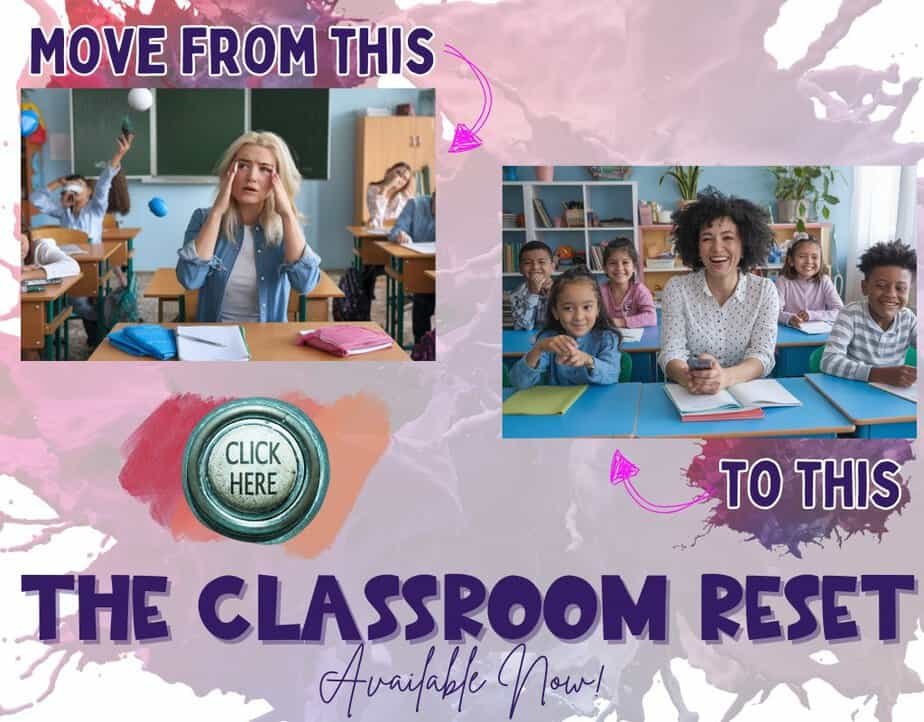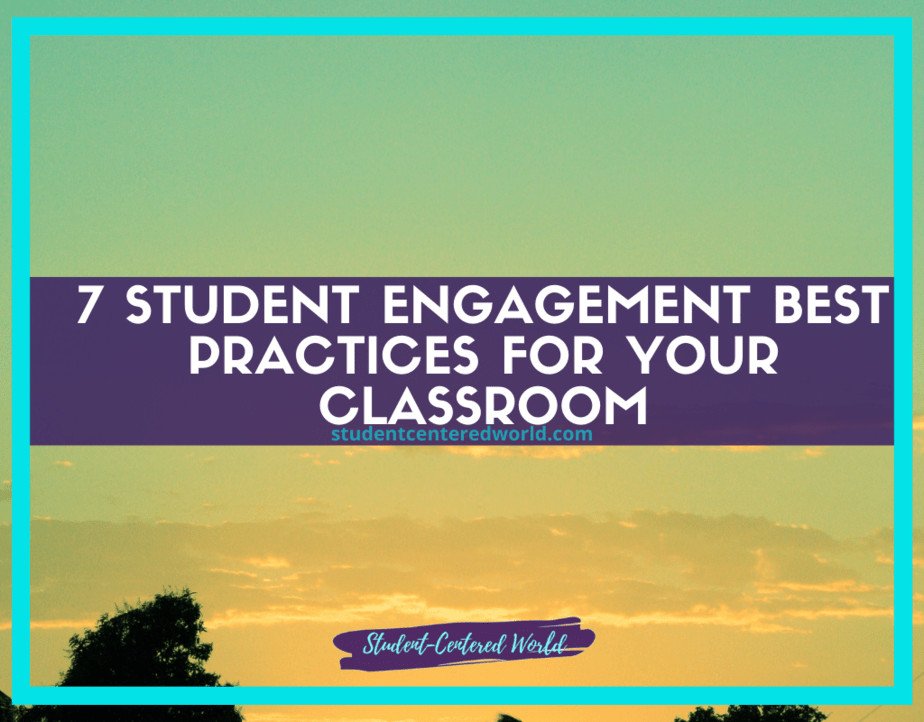How to Deal with Disruptive Students: Teacher Guide
Classroom disruptions present one of the most persistent challenges in education, affecting the learning environment for both teachers and students. Disruptive student behavior, whether frequent interruptions, defiance, or outright hostility, undermines the instructor’s ability to teach and students’ ability to learn. The question of how to deal with disruptive students is not just about maintaining order; it’s about preserving a productive learning environment where all students can thrive.
Effective classroom management requires a balanced approach that sets firm behavioral expectations while fostering positive relationships. When handled poorly, disciplinary action can escalate conflicts, leading to power struggles that further disrupt the class. However, when managed strategically, addressing disruptive behavior can reinforce a culture of respect and accountability.
There are many comprehensive strategies for minimizing classroom disruptions, from proactive prevention to measured intervention, ensuring educators maintain authority without sacrificing student engagement.
Understanding the Root Causes of Disruptive Behavior
Before implementing disciplinary measures, educators must consider why a student is acting out. Disruptive behavior often stems from underlying issues rather than mere defiance. Recognizing these causes allows teachers to respond appropriately rather than reactively.
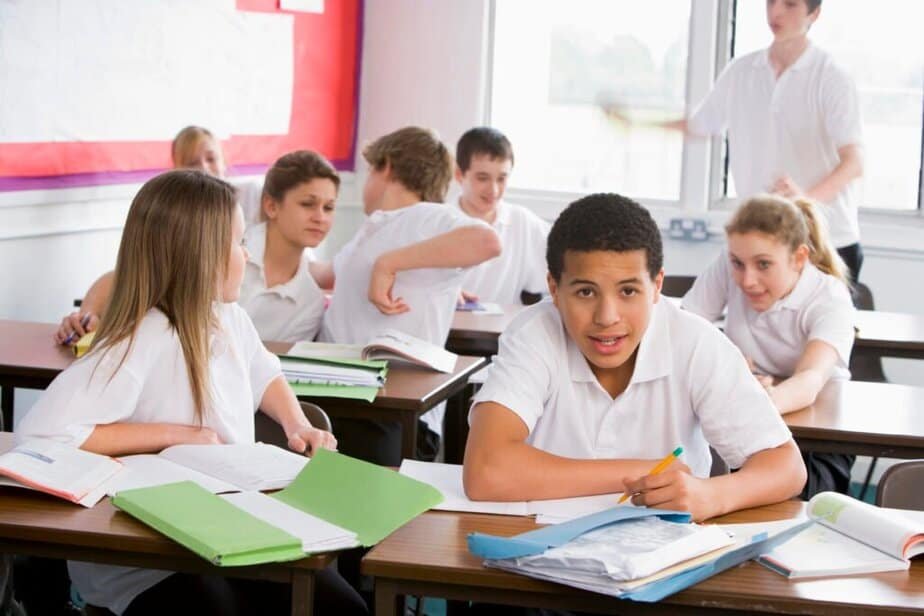
For younger students, disruptive behavior may arise from unmet needs, whether academic frustration, lack of sleep, or difficulties at home. Older students, particularly in high school or university settings, might act out due to social pressures, disengagement, or even undiagnosed learning challenges. In some cases, antisocial students test boundaries to assert control, while others may simply lack the self-regulation skills to meet classroom expectations.
By identifying the root cause, teachers can tailor their response. A student struggling with coursework may need academic support rather than punishment, while a student seeking attention might benefit from structured redirection. Counseling services can assist with deeper emotional or behavioral issues, ensuring the response aligns with the student’s needs.
Why Modern Classroom Management Must Adapt for Generation Alpha
Effective classroom management in today’s public schools requires more than traditional discipline; it demands an approach tailored to Generation Alpha’s unique mannerisms. These young students, raised in a digital world with instant feedback, respond differently to authority than previous generations. A modern philosophy that balances structure with emotional intelligence is the best way to minimize disruptive behavior while fostering a positive classroom environment.
Disruptive behavior stems from various factors, including overstimulation, unmet academic expectations, or emotional dysregulation. Unlike past generations, Gen Alpha students often struggle with sustained attention and self-regulation, leading to disruptive types of behavior like outbursts or disengagement. Recognizing the cause of a disruption, whether boredom, frustration, or social anxiety, helps instructors choose appropriate solutions rather than punitive measures.
Traditional responses like a shouting match or harsh discipline often backfire with Gen Alpha. Instead, redirection phrases, nonverbal cues, and appropriate next steps (such as brief breaks or sensory tools) de-escalate disruptive situations. Building close relationships with students on a personal level also reduces ongoing disruptive behavior, as these young learners respond better to educators they trust.
When challenging behaviors persist, involving departmental leadership or student conduct teams ensures a unified response. University faculty and public school teachers alike must work with department chairpersons to align strategies, creating a consistent ripple effect across the entire class.
Ultimately, the key to managing Gen Alpha lies in balancing firm set limits with empathy. By adapting to their needs, educators can transform disruptive pupils into engaged learners, ensuring the learning process thrives for every student.
Establishing Clear Behavioral Expectations from the Start
At the beginning of the school year, educators must address classroom expectations in ways that resonate with Gen Alpha. Visual aids like sticky notes with key rules, voice level charts, and interactive discussions about student conduct help reinforce own expectations. Because these students thrive on structure with flexibility, outline consequences in a positive way, emphasizing growth over punishment.
Preventing disruptions begins on the first day of class. Setting unambiguous ground rules helps students understand what constitutes acceptable behavior and what does not. Educators should explicitly outline expectations for participation, voice levels during discussions, and consequences for violations.
One effective method is collaboratively developing classroom norms with students, giving them ownership over the rules. This approach increases compliance, as students are more likely to follow guidelines they helped create. Additionally, posting these expectations visibly in the classroom serves as a constant reminder.
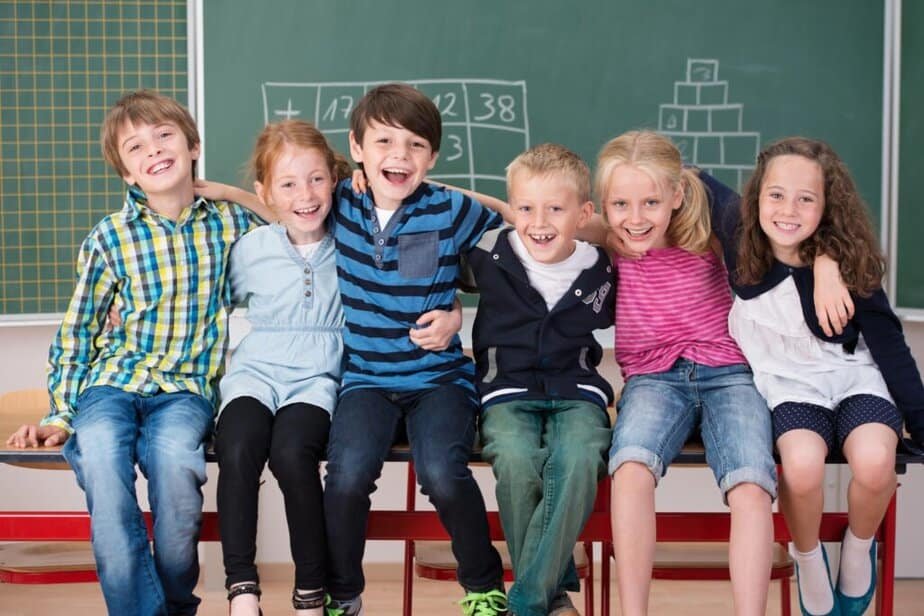
Nonverbal cues play a crucial role in maintaining order without escalating conflicts. A teacher’s stern eye contact, a raised hand signal, or even a strategically placed stop sign card can redirect minor disruptions before they escalate. Redirection phrases such as, “Let’s refocus on the task at hand”, reinforce expectations without public confrontation.
Proactive Classroom Management Strategies
Building positive relationships with students is one of the most effective ways to reduce disruptive behaviour. When students feel valued and understood, they are less likely to engage in inappropriate behavior. Simple actions, such as learning students’ names and acknowledging their interests, signal that an educator sees them as individuals, not just as part of the class session.
For young students, this personal recognition can be especially powerful—something as small as a sticky note with an encouraging message can reinforce their sense of belonging.
One-on-one support outside of class, whether through office hours or brief check-ins, allows faculty members to address the feelings of the individual before they manifest as difficult behavior. When students trust that their instructor cares about their wellbeing, they are more likely to respond to correction. For example, a redirection phrase like, “I know you can focus, let’s try this together,” often works better than a reprimand because it preserves the student’s dignity while guiding them back on task.
Engagement as a Tool for Classroom Management
Boredom and disengagement are among the top causes of the incident of disruptive classroom behavior. Dynamic lesson plans that incorporate hands-on classroom activities, such as debates, simulations, or creative projects, keep students actively involved. When learners are invested in the material, they are less inclined to exhibit such behavior.
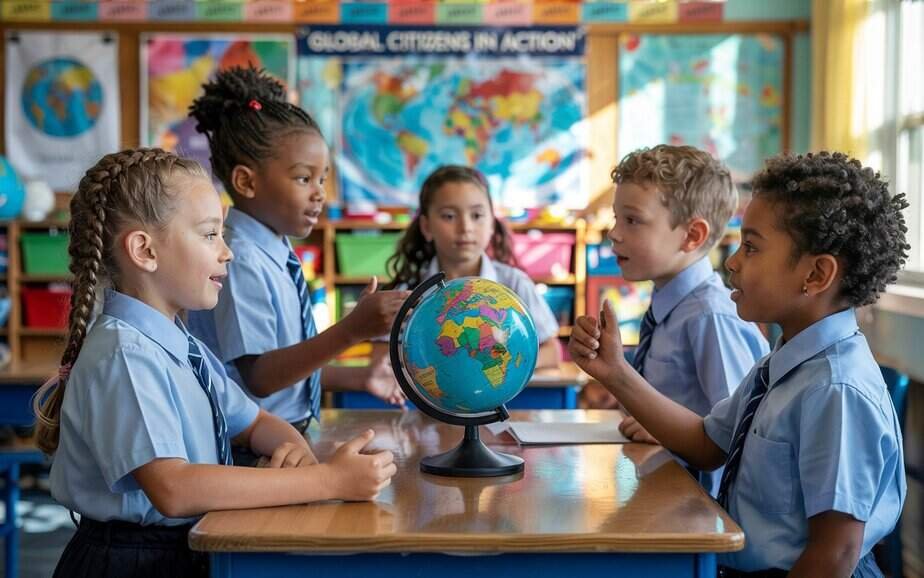
The ability of the instructor to read the room and adjust pacing is crucial. If students grow restless, a brief “brain break” for stretching or mindful breathing can reset their focus. Allowing choice in assignments or group roles also gives students agency, reducing the likelihood of student’s disruptive behavior. For instance, letting a class vote between two project formats honors their preferences while maintaining academic rigor.
The Power of Positive Reinforcement
Reacting only to negative actions creates a punitive atmosphere. Instead, consistently acknowledging desirable type of behavior reinforces expectations. Public praise for on-task work, small rewards like extra free time, or even a class-wide points system can motivate students to self-regulate.
When corrections are needed, framing them positively preserves student interactions. Instead of saying, “Stop talking,” try, “Show me your best listening skills.” This approach aligns with research showing that emphasizing what to do (rather than what not to do) yields better compliance. For repeat challenges, private conversations that explore the root of the behavior, without physical contact or confrontation, often reveal solvable issues, like confusion about directions or peer conflicts.
By combining relational trust, engaging instruction, and intentional reinforcement, educators can address disruptive behaviour proactively, creating a classroom where students feel capable and respected.
Responding to Disruptions in the Moment
Despite preventive measures, disruptions will occur. How educators respond determines whether the situation de-escalates or worsens. The key is to remain calm and avoid power struggles. Public confrontations often embarrass students, leading to further defiance. Instead, addressing the behavior privately, such as moving the discussion to a conference room, reduces tension.
For minor disruptions, a simple verbal reminder of classroom expectations may suffice. If the behavior persists, a written report or formal warning may be necessary. Documenting incidents ensures consistency in disciplinary action and provides a record if further intervention is required.
In cases where a student’s behavior threatens personal safety, such as physical aggression or violent outbursts, immediate escalation to school leadership, university police, or counseling services may be necessary. Safety must always take precedence.
When to Involve Higher Authorities
There are times when classroom disruptions exceed a teacher’s ability to manage alone. Persistent unruly behavior may require collaboration with department chairpersons, student affairs, or even the vice president of disciplinary services.
Presenting a united front among faculty and administration is crucial. When students see that all staff members enforce rules consistently, they are less likely to test boundaries. Parental involvement can also be effective, particularly for younger students. A phone call or meeting with a family member often leads to improved behavior when home and school expectations align.

For students with ongoing behavioral challenges, counseling services can provide additional support. Emotional or psychological factors may contribute to disruptive actions, and professional intervention may be the best course of action.
Long-Term Solutions for a Disruptive-Free Classroom
Sustainable classroom management extends beyond immediate discipline. Revisiting behavioral expectations periodically reinforces their importance. For older students, visual reminders, such as sticky notes with key rules, can serve as subtle prompts.
Building stronger connections with challenging students helps prevent recurring issues. Taking time to understand their perspectives, offering mentorship, and providing positive reinforcement for improvements fosters a more cooperative dynamic.
Ultimately, the goal is not just to stop disruptions but to create an environment where students feel respected, engaged, and motivated to learn. By combining clear guidelines, proactive engagement, and measured responses, educators can maintain authority while nurturing a positive classroom culture.
Balancing Firmness and Empathy
Modern educational neuroscience reveals why this balanced approach works so effectively. When students experience stress or frustration, their prefrontal cortex (the area responsible for rational decision-making) essentially goes offline. This explains why traditional zero-tolerance policies often escalate disruptive behavior rather than resolve it. A teacher’s ability to respond with both structure and empathy actually helps recalibrate a student’s nervous system, creating the mental space needed for better choices.
The most successful classrooms implement this philosophy through consistent routines paired with flexible responses. For instance, while all students know the consequences for ongoing disruptive behavior, educators differentiate their approach based on whether the incident stems from academic struggles, social conflicts, or sensory overload.
A student overwhelmed by noisy group work might benefit from noise-canceling headphones and a quiet corner, while another testing boundaries may need a private conversation reinforcing classroom expectations.
Schools that embrace this dual-focused approach often see transformative results. Rather than viewing discipline as isolated incidents, they create systems where teachers, counselors, and administrators collaborate to understand the root causes of behavior. This might involve:
- Regular check-ins for students with recurring challenges
- Professional development on trauma-informed practices
- Parent partnerships to align home/school strategies
The data is clear, when schools combine clear boundaries with compassionate support, they don’t just manage behavior; they cultivate resilient, self-regulated learners prepared for life beyond the classroom. Research from organizations like CASEL (Collaborative for Academic, Social, and Emotional Learning) confirms that schools implementing this balanced approach see measurable improvements. Studies show a 11-17% increase in academic achievement alongside significant reductions in disciplinary incidents when social-emotional support is paired with consistent expectations.
Students in these environments do not simply comply with rules, they internalize values of both responsibility and mutual respect. They learn that accountability and care aren’t opposites, but complementary forces that create safe spaces for growth. This holistic preparation equips them with both the emotional intelligence and self-discipline needed to navigate future workplaces, relationships, and civic life successfully.
Works Cited
Durlak, Joseph A., et al. “The Impact of Enhancing Students’ Social and Emotional Learning: A Meta-Analysis of School-Based Universal Interventions.” Child Development, vol. 82, no. 1, Jan. 2011, pp. 405–432, https://doi.org/10.1111/j.1467-8624.2010.01564.x.
Jones, Stephanie M., et al. “Two-Year Impacts of a Universal School-Based Social-Emotional and Literacy Intervention.” American Educational Research Journal, vol. 54, no. 5, Oct. 2017, pp. 799–843, https://doi.org/10.3102/0002831217712224.
Taylor, Rebecca D., et al. “Promoting Positive Youth Development Through School-Based Social and Emotional Learning Interventions.” Child Development, vol. 88, no. 4, July 2017, pp. 1156–1171, https://doi.org/10.1111/cdev.12864.
Additional Resource
Collaborative for Academic, Social, and Emotional Learning (CASEL). Program Evaluations. 2021–2023, https://casel.org/impact/.




